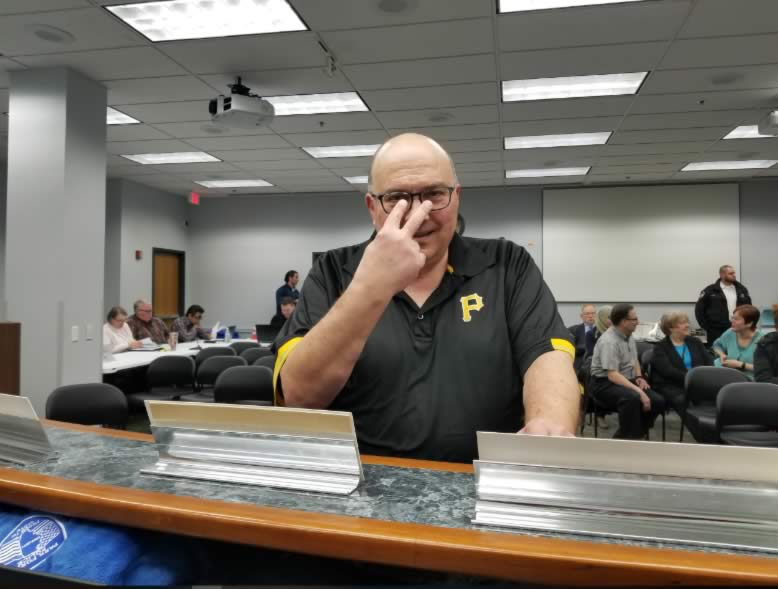NEW YORK—(ENEWSPF)—January 28, 2013.
Wall Street Journal, Letters to the Editor
Pot Prohibition, Regulation and Danger to the Young, January 28, 2013
http://online.wsj.com/public/page/letters.html
The defenders of the status quo say that we can’t end marijuana prohibition because it “sends the wrong message to the kids” and will increase teen drug use (“Legalizing Pot Won’t Make it Any Safer” by Mitchell S. Rosenthal, op-ed, Jan. 17).
Ironically, prohibition is a complete failure when it comes to keeping young people from using drugs. Despite decades of DARE programs with the simplistic “Just Say No” message, 50% of teenagers will try marijuana before they graduate. Young people also feel the brunt of marijuana enforcement and make up the majority of arrests. Arresting young people will often cause more damage than drug use itself. Teenagers need honest drug education to help them make responsible decisions. We have cut down on teen smoking without tobacco prohibition and without one arrest.
Tony Newman, Drug Policy Alliance, New York
Mr. Rosenthal contends that legalizing marijuana for adults will increase use among young people through ease of accessibility. However, there seems to be some confusion about the difference between prohibition and regulation. Under prohibition, regulators have no control over where the product is sold, who sells it or to whom they sell it. We see that reflected in the fact that it is easier for teens to obtain marijuana than it is alcohol. One is prohibited (marijuana) and one is regulated (alcohol). Under regulation, cities and states get control over the selling of marijuana, including making decisions about how close marijuana selling outlets can be from schools, the hours they can operate and impose penalties for those who supply minors. This is control. And control works. In the states that have passed medical-marijuana laws, youth marijuana use has decreased. If communities are concerned about access to marijuana by young people, regulation and education are the keys. Prohibition exacerbates the problem.
Amanda Reiman, Ph.D., MSW, San Francisco
Our research shows that addiction is a disease with origins in adolescence. The younger teens are when they first use marijuana, the higher their risk of developing addiction. Individuals who say they first used marijuana before age 15 are 10 times as likely to meet the criteria for addiction involving marijuana at some point in their lives as those who say they first used the drug at age 21 or older. Young marijuana users are also more likely to engage in other substance use; 97% of high-school students who have tried marijuana have used another addictive substance.
The time has come to view marijuana and other risky substance use, especially by adolescents, as a public-health problem, and addiction as a medical condition. As a nation we want to ensure that our children grow up healthy and safe. To accomplish this goal, we need to implement evidence-based measures to prevent and reduce risky substance use, such as incorporating screening and brief intervention into routine health-care practice and reducing underage access to addictive substances like marijuana.
Emily Feinstein, The National Center on Addiction and Substance Abuse at Columbia University, New York
According to Dr. Rosenthal, “Among the many thousands of adolescents we have treated at the programs of Phoenix House over the past four decades, the overwhelming majority have used no drug more potent than marijuana.” I’d bet the overwhelming majority also used alcohol and tobacco, both of which are potentially more potent and deadly than marijuana but apparently are not considered “drugs” by Dr. Rosenthal.
And I’d guess that many, if not a majority, of teen patients in his program are there not because they need treatment but because a court gave them the choice between treatment and jail.
We agree with Dr. Rosenthal that marijuana is not harmless. This is why our society should impose common-sense controls over who can legally produce marijuana, who can distribute it, who can consume it and under what circumstances its use is lawfully permitted. Two states just took this step. More will follow.
Paul H. Kuhn, Chair, National Organization for the Reform of Marijuana Laws, Nashville, Tenn.
Source: http://www.drugpolicy.org








